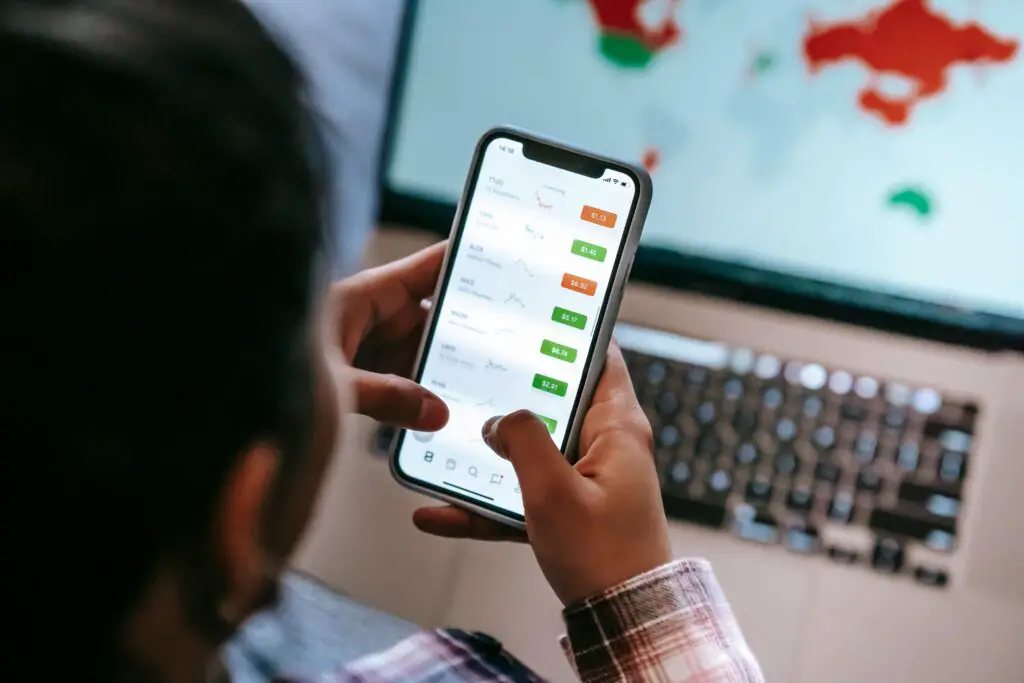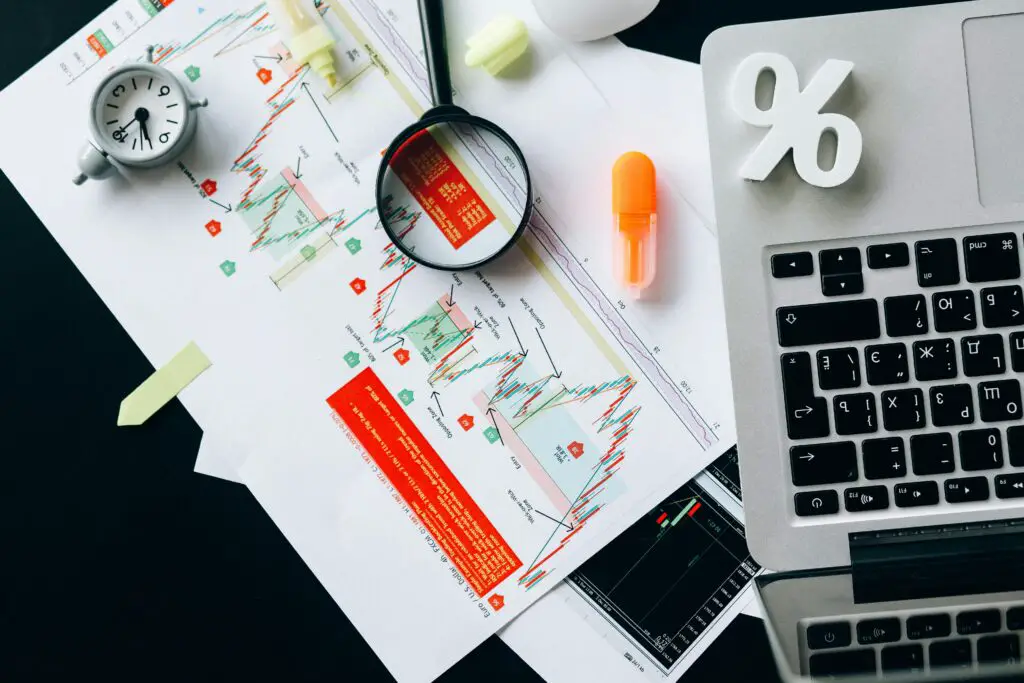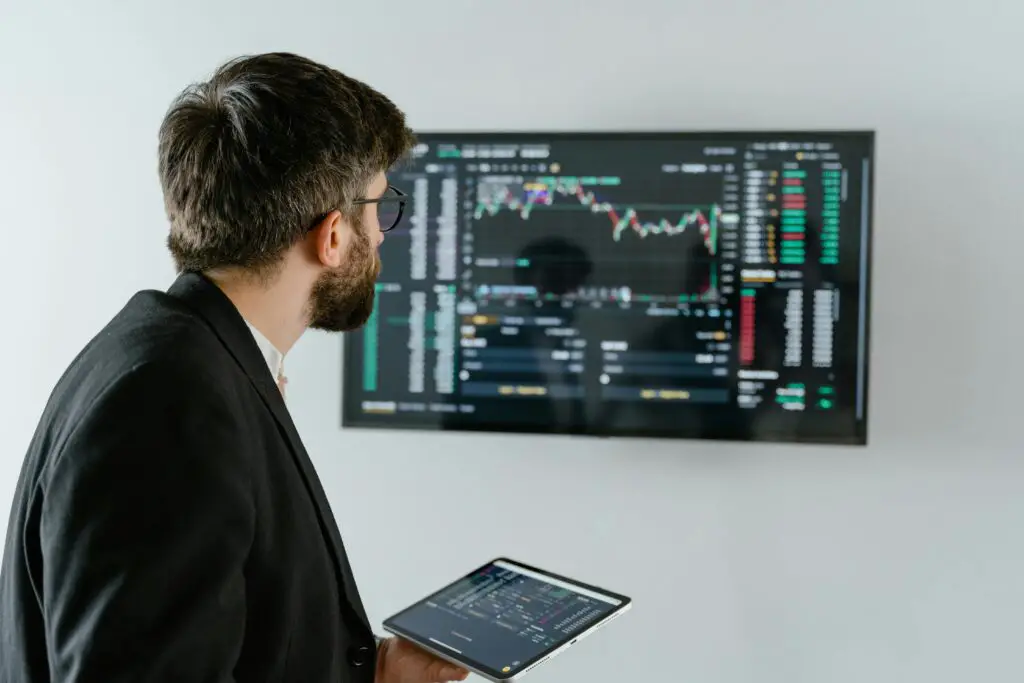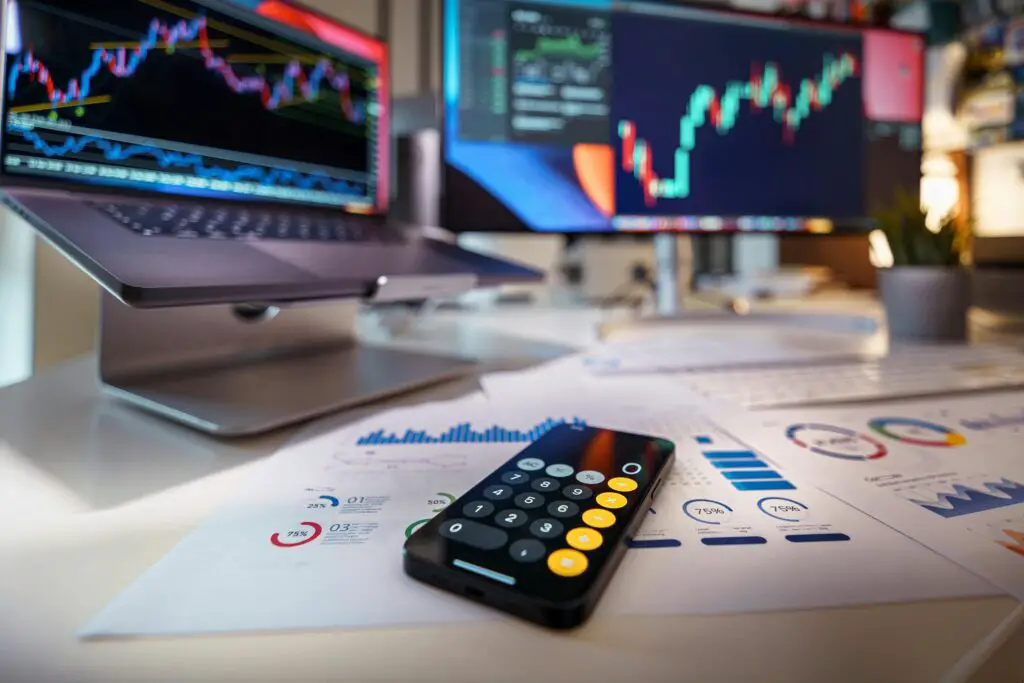Forex trading, the world’s largest financial market, exchanges currencies and offers an infinite number of profitable opportunities. However, to effectively navigate this complicated environment, one must understand the fundamental ideas and tactics that guide profitable trading.
Recognizing the Forex Market
What is Foreign Exchange?
The market for exchanging different national currencies against one another is known as forex trading. The Forex market is decentralized because there is no central exchange, and deals are made through the Internet through a network of banks, brokers, and other financial institutions.

The Operation of the Forex Market
The market for foreign exchange is driven by an international community of banks, advisors, and other financial institutions. Electronic over the counter transactions replace centralized exchanges. Because financial center like London, New York, Tokyo, and Sydney have overlapping time zones, the market is open twenty four hours a day, five days a week.
How to Begin Trading Foreign Exchange
Creating an Account to Trade Forex
Opening a trading account with a reliable Forex broker is the first step in the Forex trading process. The procedure is simple and typically entails:
1. Completing an online application.
2. Presenting evidence of address and identification.
3. Putting the necessary minimum amount into your account.
Selecting an Appropriate Forex Broker
Choosing a suitable broker is essential to your Forex trading success. Considerable elements include:
1. Rules and standing
2. Tools and a trading platform
3. Client support
4. Charges and distributions
Comprehending Trading Platforms
A trading platform is software used to execute trades and perform market analysis. Meta Trader 4 and Meta Trader 5 are well known systems. These platforms include several features and tools, including automated trading, technical analysis, and charting.
Fundamental Ideas in Forex Trading
Currency Pairs and Quotations
Currency quotes in forex trading are given in pairs. The fundamental currency is the first one in the pair, while the reference currency is the second. The statement specifies the quantity of the currency being quoted needed to buy a single unit of the original currency.
The Part Leverage Plays
Because of leverage, traders can manage a sizable position with comparatively little capital.

Comprehending Spreads and Pips
The difference between a currency pair’s request and offer prices is known as the spread. The broker’s commission makes the trade possible. A specific exchange rate can make a minor price adjustment called a pip, which is usually 0.0001 for most currency pairs.
Different Forex Trading Strategy Types
Traders by Day
Day trading is the act of opening and completing trades on the same trading day. This approach requires ongoing market observation and is dependent on transient price changes.
Trading in Swings
Swing trading aims to make money over a few days or weeks. Swing traders often employ technical evaluation as a tool to identify potential price swings and market patterns.
Reducing
Scalping is an extensive quantities trading method in which multiple small trades are made in an attempt to capitalize on small price movements. Scalpers often only cling onto a position for a few minutes or seconds.
Trading Positions
As a long term approach, position trading involves traders holding positions for several months or even years. Long term market trends and fundamental analysis serve as the foundation for this approach.
Forex Trading Technical Analysis
Technical Analysis’s Significance
In order to predict future price changes, technical analysis examines historical price movements and trends. Its foundation is the notion that pricing data from the past often repeats itself.
Patterns in Charts
Triangles, head and shoulders, and double tops are a few examples of chart patterns that traders can use to spot possible market reversals or continuations.
Forex Trading with Fundamental Analysis
Financial Metrics
In order to determine the value of a currency, fundamental analysis examines economic statistics like GDP, employment rates, and inflation. A stronger currency is often the result of excellent financial performance.
Events and News
News and events, including elections, natural catastrophes, and geopolitical developments, can greatly impact currency prices. Updated with international news is important for fundamental analysis.

Forex Trading and Interest Rates
Currency values are influenced by interest rates that central banks set. Increased interest rates draw in foreign capital, which causes the currency’s value to rise. In contrast, a currency may lose value due to reduced interest rates.
Managing Risks in Foreign Exchange Trading
Risk Management’s Significance
Effective risk management is the secret to long term success in Forex trading. It involves determining, assessing, and ranking risks to reduce possible losses.
Determining the Take Profit and Stop Loss Levels
A stop loss order automatically stops a trade at a preset price to prevent losses. A take profit order secures profits by terminating a trade at a predetermined price.
Handling the Psychology of Trading
Emotions can significantly influence trading decisions. Managing trading involves keeping composure, following a trading strategy, and avoiding snap judgments.
Formulating a Plan for Forex Trading
The Value of a Trading Strategy
Your trading plan describes your trading approach, objectives, risk tolerance, and guidelines for entering and leaving deals. It acts as a guide to help you make trading selections.
Elements of a Trading Strategy
A thorough trading strategy ought to contain the following:
1. Trading objectives
2. A strategy for risk management
3. Requirements for making and breaking deals
4. Record keeping procedures
Examining and Modifying Your Strategy
By regularly evaluating and making changes your trading strategy in light of market conditions and performance, you may improve it.
Typical Errors in Forex Trading to Avoid
Excessive Leverage
Excessive leverage might result in significant losses. It is important to manage leverage sensibly and avoid taking on more risk than you can bear to lose.
Inadequate Research and Education
Research and learning must be ongoing for Forex trading to be successful. Updated with news, market trends, and instructional materials is important.
Trading Emotionally
Trading decisions based more on feelings than reason and analysis might be detrimental. Following your trading strategy and refraining from acting impulsively is important.
Resources and Tools for Forex Trading
Websites and Courses for Education
Many websites and virtual courses provide educational tools for Forex traders. Investopedia, Coursera, and Baby Pips are a few well known examples.
Books about Forex Trading
Books like “Currency Trading for Beginners” by Brian Dolan and “Foreign exchange Marketing: The Basics Presented in Easy Ways” by Jim Brown are excellent resources for beginners.
Simulators for Trading
Trading models allow you to practice trading foreign exchange with virtual currency. They offer a risk free setting to hone your abilities and test your strategies.

Conclusion
For those who are ready to put in the time and effort to become market experts, forex trading has a plethora of chances. You may successfully navigate the Forex market by grasping the fundamentals, creating a sound trading plan, and consistently refining your tactics. Recall that all traders begin as novices, and that you too can succeed in the Forex market with perseverance and patience.